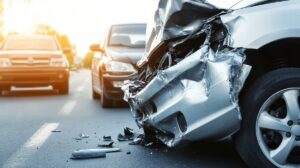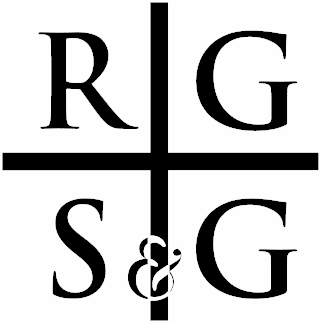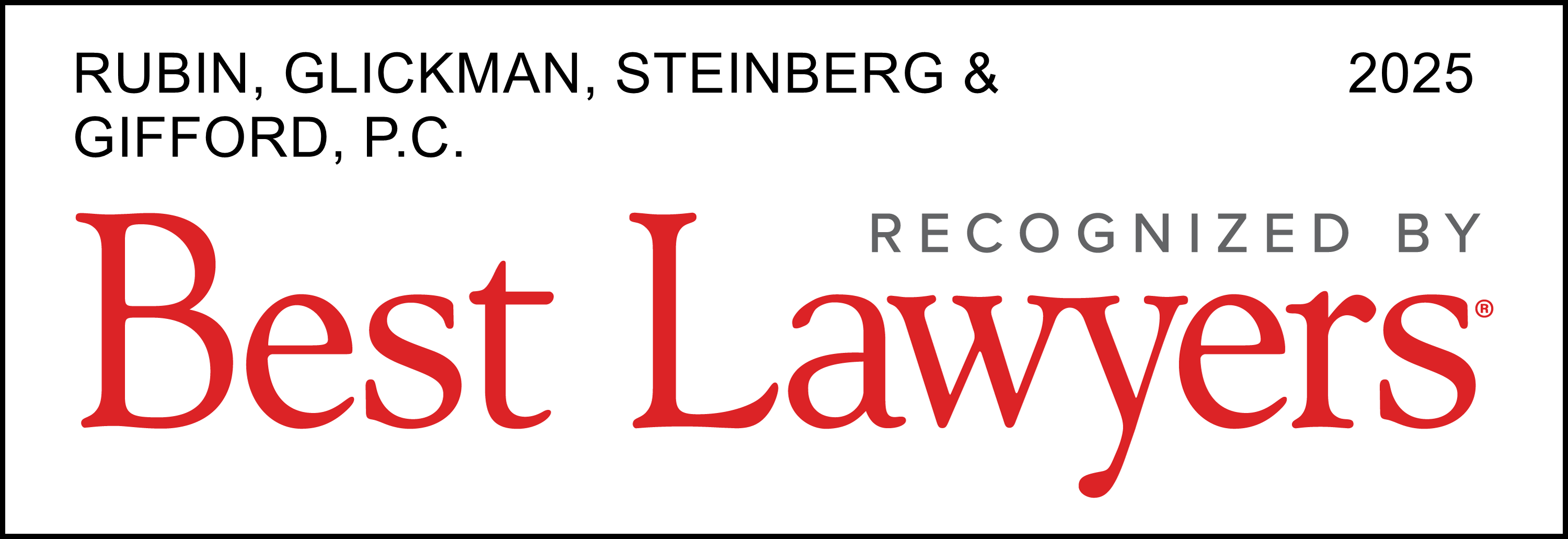 Crash reconstruction professionals serve as crucial witnesses in Pennsylvania car accident lawsuits, using advanced scientific methods to uncover the truth when memories fade and accounts conflict. These highly trained investigators analyze physical evidence, vehicle damage patterns, and roadway conditions to create detailed recreations of how accidents occurred, often determining the difference between winning and losing a case.
Crash reconstruction professionals serve as crucial witnesses in Pennsylvania car accident lawsuits, using advanced scientific methods to uncover the truth when memories fade and accounts conflict. These highly trained investigators analyze physical evidence, vehicle damage patterns, and roadway conditions to create detailed recreations of how accidents occurred, often determining the difference between winning and losing a case.
We understand the importance of thorough accident investigation in building strong legal cases. At Rubin, Glickman, Steinberg & Gifford, we have worked with talented crash reconstruction professionals for over 65 years, using their findings to help our clients secure fair compensation after serious motor vehicle accidents.
How Crash Reconstruction Professionals Analyze Accidents
Crash reconstruction involves applying physics, engineering principles, and scientific methodology to determine how vehicle collisions occurred. These professionals examine skid marks, vehicle deformation, debris patterns, and impact points to calculate factors like vehicle speeds, braking distances, and collision angles at the moment of impact.
Modern reconstruction techniques utilize advanced technology, including 3D laser scanning, drone photography, and computer modeling software. These tools allow reconstructionists to create precise digital recreations of accident scenes, accounting for road conditions, weather factors, and sight line obstructions. They can determine whether drivers had adequate time to react to hazards and whether evasive actions could have prevented the collision.
The reconstruction process begins immediately after an accident, when possible, as physical evidence can deteriorate quickly. Tire marks fade, debris gets cleared, and vehicle damage may be altered during towing and storage. Professional reconstructionists document the scene thoroughly, taking measurements and photographs from multiple angles to preserve critical evidence.
Elements Analyzed in Reconstruction
Crash reconstruction professionals examine numerous physical elements to piece together accident scenarios. Vehicle damage patterns reveal the direction and force of impact, while tire marks indicate braking patterns, acceleration, and steering inputs before collision. Road surface conditions, including wet pavement or construction zones, factor into calculations of stopping distances and vehicle control.
Electronic data from modern vehicles provides valuable information about speed, braking, and steering in the seconds before impact. Event data recorders, similar to airplane black boxes, capture crucial details automatically during collisions.
Professional reconstructionists gather and analyze multiple types of evidence to build comprehensive accident scenarios:
- Physical evidence, including skid marks, gouge marks, and debris scatter patterns
- Vehicle damage assessment to determine impact angles and collision forces
- Electronic data from event data recorders and airbag control modules
- Environmental factors such as weather conditions, lighting, and road surface conditions
- Human factors, including driver reaction times and sight line obstructions
This comprehensive approach ensures all relevant factors are considered when determining how accidents occurred and who bears responsibility for the resulting damages.
The Impact of Reconstruction Evidence in Pennsylvania Courts
Pennsylvania courts recognize crash reconstruction as a legitimate scientific discipline when performed by qualified professionals. Reconstructionists must demonstrate their education, training, and experience to qualify as witnesses in legal proceedings. Their testimony carries significant weight because it provides objective analysis based on physical evidence rather than subjective recollections.
Reconstruction reports and testimony often prove decisive in settlement negotiations before cases reach trial. Insurance companies understand the power of scientific evidence and may increase settlement offers substantially when faced with compelling reconstruction findings. Clear evidence of fault removes uncertainty and strengthens your negotiating position significantly.
During trials, reconstruction professionals present their findings using visual aids, including diagrams, computer animations, and scale models. These presentations help judges and juries understand complex collision dynamics in clear, understandable terms. The scientific nature of reconstruction evidence often makes it more persuasive than witness testimony alone.
However, opposing parties may retain their own reconstruction professionals who reach different conclusions based on the same evidence. This creates dueling analyses requiring skilled legal representation to present your reconstruction findings effectively while challenging opposing conclusions. The quality of reconstruction work and the credentials of the professional performing it become crucial factors in these situations.
Contact Rubin, Glickman, Steinberg & Gifford for a Comprehensive Accident Investigation
Car accident cases involving disputed liability require thorough investigation and scientific analysis to achieve successful outcomes. Our legal team has earned recognition as a “Best Law Firm” by U.S. News & World Report every year from 2010 through 2022, and we maintain an AV-Rating from Martindale-Hubbell for our legal abilities and ethical standards. We work with qualified crash reconstruction professionals to build compelling cases that hold negligent drivers accountable for the harm they cause.
We offer free initial consultations to evaluate your case and explain how reconstruction evidence might strengthen your claim. In personal injury cases, we work on contingency, meaning no upfront costs and no fees unless we recover compensation for you. Contact us today at (215) 822-7575 or through our contact form to discuss how we can help you obtain the thorough investigation and skilled representation your case deserves.

Rubin, Glickman, Steinberg & Gifford P.C.
Pennsylvania Attorney's
July 24, 2025









